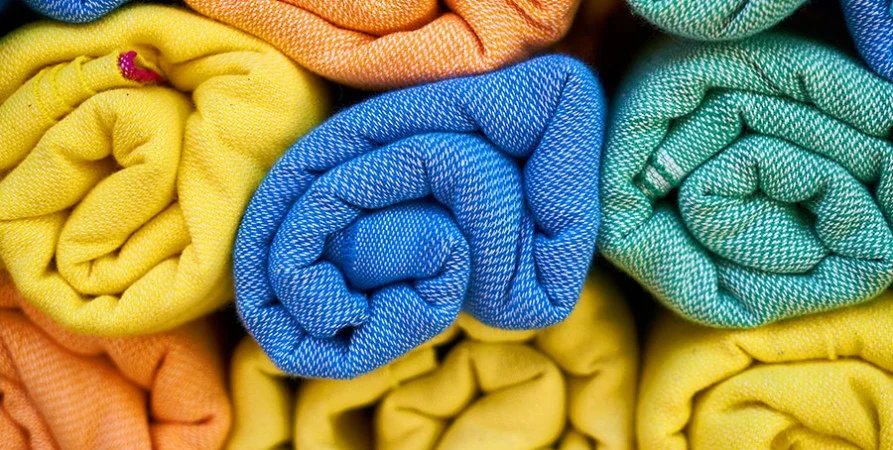Pakistan’s textile exports witnessed an increase of 26 percent to hit a record high of $12.6 billion in the first eight months of the current fiscal year 2021-22.
According to the data released by the Pakistan Bureau of Statistics (PBS), in rupee terms, the exports witnessed an increase of 33 percent to Rs2.15 trillion during the first eight months of the fiscal year 2021-22.
During the first eight months of the fiscal year 2022, the key export driver was an increase in value-added exports where the knitwear segment contributed the most as it increased 34 percent on a year-on-year basis to $3.3 billion followed by ready-made garments which were up 25 percent to $2.5 billion and bedwear recording a growth of 20 percent to $2.2 billion.
On a monthly basis, Pakistan’s textile exports have shown a recovery in February, up 8 percent on a month-on-month basis, after witnessing two months of constant month-on-month decline since December 2021 due to a downfall in the value-added exports, especially in the knitwear segment.
Read More:
ECC approves revised Textiles & Apparel Policy 2020-25
‘$5bn investment in pipeline, 100 new textile units to be established’
Despite a decrease in volumes, an increase in exports on monthly basis is attributable to higher cotton yarn exports, up 65 percent on a month-on-month basis to $127 million in February 2022 due to the increase in cotton prices.
In addition, value-added segments such as knitwear and ready-made garments posted decent growth in exports of 7 percent each to $414 million and $354 million, respectively.
Compared with last year, Pakistan’s textile exports are up 36 percent on a year-on-year and up 50 percent on a year-on-year basis in rupee terms in February 2022, led by significant growth witnessed in value-added segments, largely in knitwear, up 42 percent and ready-made up 49 percent amidst volumetric growth.
Basic textile exports increased 35 percent on a year-on-year basis to $369 million where major contribution comes from cotton cloth, up 56 percent to $233 million.


